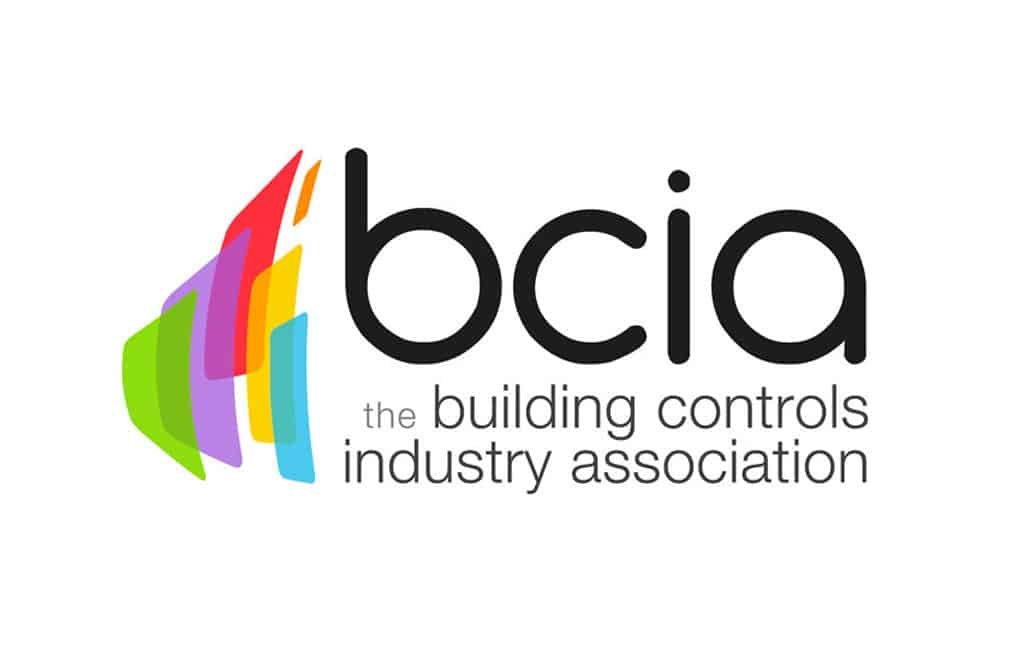BCIA’s response to the Future Buildings Standard
With the government committed to reducing carbon emissions of new homes and non-domestic buildings and achieving net zero by 2050, it is consistently bringing updating existing policy or bringing in new energy efficiency regulations, including the Future Buildings Standard. This policy in the main responds to Part L and Part F of the Building Regulations and will provide a pathway to highly efficient non-domestic buildings which are zero carbon ready.
Such significant changes to policy require statutory consultation of which, for the Future Homes and Buildings Standard, consultation closed on Wednesday 27th March 2024. As an organisation that advocates for the use of controls as key to the operational efficiency of buildings, the Building Controls Industry Association (BCIA) submitted its response
BCIA is calling for the following
One of the biggest factors affecting the Future Buildings Standard is the Part L regulations that look at the conservation of fuel and power in buildings other than dwellings. With that in mind, the BCIA has suggested that guidance for the installation of BACS based on heating, ventilation and air conditioning (HVAC) output should be changed to a mandatory requirement for HVAC systems above 180kW to decrease to 70kW between 2025 and 2030.
This will encourage compliance with energy efficiency and carbon standards. In fact, creating a mandatory requirement will accelerate the uptake of BACS, leading to a reduction in carbon emissions and energy usage. The BCIA estimates that a requirement to install Class A BACS in commercial and public buildings with an HVAC output over 180kW could save a total of £16.9bn in energy bills and 39.6 Mt of CO2e by 2040.
Furthermore, the BCIA suggested that an occupancy-based Class A controls strategy for new buildings across all necessary buildings services should be included to drive high levels of energy efficiency. Additionally, heating controls should be part of a wider controls strategy to support all heating, ventilation and air conditioning systems within a building.
With around 80% of current UK buildings still likely to exist in 2050, the retrofit market is crucial to ensure net zero targets are achieved. The BCIA strongly believes in updating Building Regulations with a regulatory timeframe for the mandatory installation of Class A BACS in new and existing buildings, including a clear end date.
As unmaintained controls can often miss opportunities to enhance energy efficiency and carbon emission savings, the BCIA also suggested the introduction of a minimum standard of scheduled maintenance for BACS. Additionally, with buildings using electric technologies for heat and transport often increasing the demands on the National Grid, integrated smart controls should be implemented where possible.
The BCIA also recommended reference and scoring for automatic demand control or networked room automation. This is due to smart controls being able to deliver automated optimisation through a series of functions, such as facilities management, consumption prediction, demand response, energy storage and equipment maintenance. As a result, a smart uplift should be implemented within the NCM to demonstrate the use of smart technology within new builds to achieve compliance with the Future Buildings Standard.
Occupancy demand-based controls for heating, cooling and hot water parameters should also be considered, especially as heating and hot water accounts for a large amount of energy consumption in non-domestic buildings. Occupancy-based controls often result in lower energy use and a reduction in user energy bills.
How controls are scored within SBEM also needs to be considered. Currently, the controls are mainly time and set point controls within the modelling guide and technical manual, impeding progress to decarbonising new non-domestic buildings. This is a result of the technology and scoring not currently being aligned with a Class A level of controls, which have a significant energy and carbon saving potential. The BCIA would seek clarification on how these technologies and functions represented in the Building Regulations, from 6.83 to 6.84, are represented in SBEM.
The BCIA fully supports the aims of the consultation and the higher energy efficiency and carbon performance of the Future Homes and Future Buildings Standard. With BACS key to improving the energy and carbon performance of buildings, the BCIA is willing to work, and share information, with the government to develop standards and calculations for BACS.
